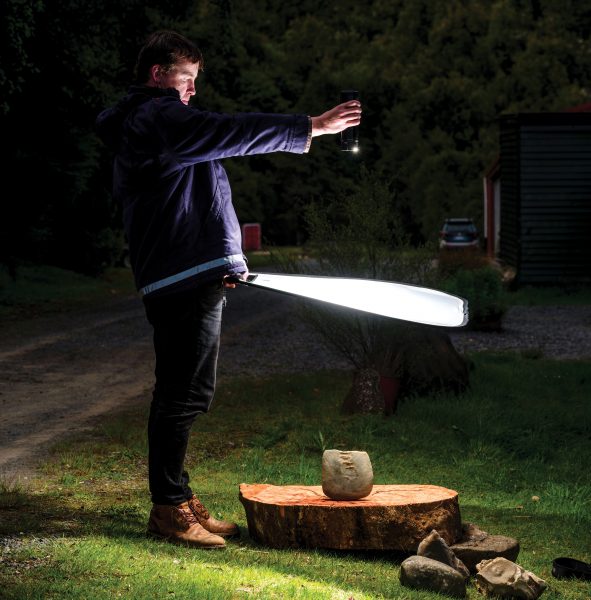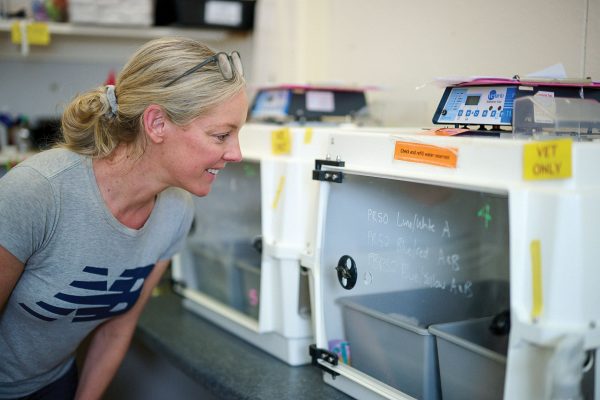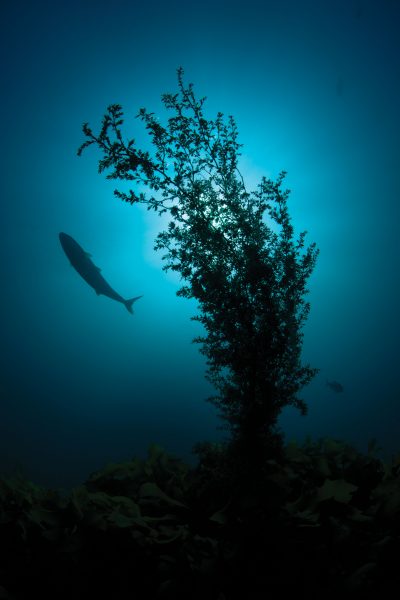Contributing writers, photographers and artists
New Zealand Geographic will survive on the strength of its journalism. For that reason we have set exacting standards for our contributors. To encourage them, we intend to acknowledge and applaud the writers, photographers and artists whose work appears in our journal.
It rained for eight of the 12 days photographer Dennis Brett was in the Te Anau area researching his feature walking the kepler. With food for only eight days and carrying 50kg of camera equipment, he and his tramping companion Pat Condon walked more than 100km in their quest for the right light in the right place.
Now Dennis, winner of the 1988 Caltex Response to the Land competition, wants to go back. “Parts of the track are just outstanding,” he says. “I would like to explore the whole mountain. I think the rain is the best feature because it gives the area a mood of its own.”
Geoff Osborne, a former newspaper photographer, was one of three photographers we assigned to work with Vernon Wright, an ex-Listener writer, on the wild horses feature. Osborne’s task was one of the most difficult: to get close-up ground shots of the horses. For several days he stalked the horses in the harsh windswept hills behind Waiouru. For much of the time he had to crawl on his belly in the wet tussock to get up close. His best success came by leaping out of a moving Army Landrover as it passed some distance from a group of young horses, then wriggling to within 5m of the horses as the vehicle drove away. “We managed to fool most of them,” he explains.
For Raewyn MacKenzie, crawling on all fours was also one of the best ways to get up close to some of the almost tame birds and sea lions in writing our feature life on campbell island.
Raewyn, a journalist for 23 years, has twice been on standby to join the New Zealand Antarctic team, so she jumped at the chance to sail south on a tuna boat with the new team of meteorologists who will spend the next year there. However, weird aftereffects from a seasickness tablet posed a special challenge for her during the trip when she conducted eight interviews in a row, “oblivious to whether my brain was connecting with my hand.” She was unable to read her notes, but the story came out brilliantly in the end.
Discovering secrets of the rock pool was not too difficult for writer John Walsby, who specialises in making scientific facts interesting and understandable to the the 95 per cent of people who aren’t marine biologists. John writes for educational journals and is the author of the New Zealand Herald’s “Living Beach” series. But for artist Vivian Ward, illustrator of our rock pool poster, the research exercise meant digging and foraging around rock pools, the beach near her Devonport home and even Kelly Tarlton’s Underwater World, where she did close-up sketches of rock pool animals. Vivian, illustrator of Prehistoric New Zealand (reviewed on page 116) and Between The Tides, carted home a bag of pebbles and assorted shells to help with her project.
Yet another trip to the Chatham Islands is on the Christmas agenda for writer Michael King as he wraps up research for a feature for the second issue of New Zealand Geographic. His Chatham Islands investigation will examine the culture and origins of the indigenous Moriori inhabitants; the appearance of fossilised sharks’ teeth in Te Whanga lagoon; rare plant life, including the disappearing Chatham Islands forgetmenot; and efforts being taken to preserve endangered birds including the black robin, taiko petrel and Chatham Islands pigeon.

















